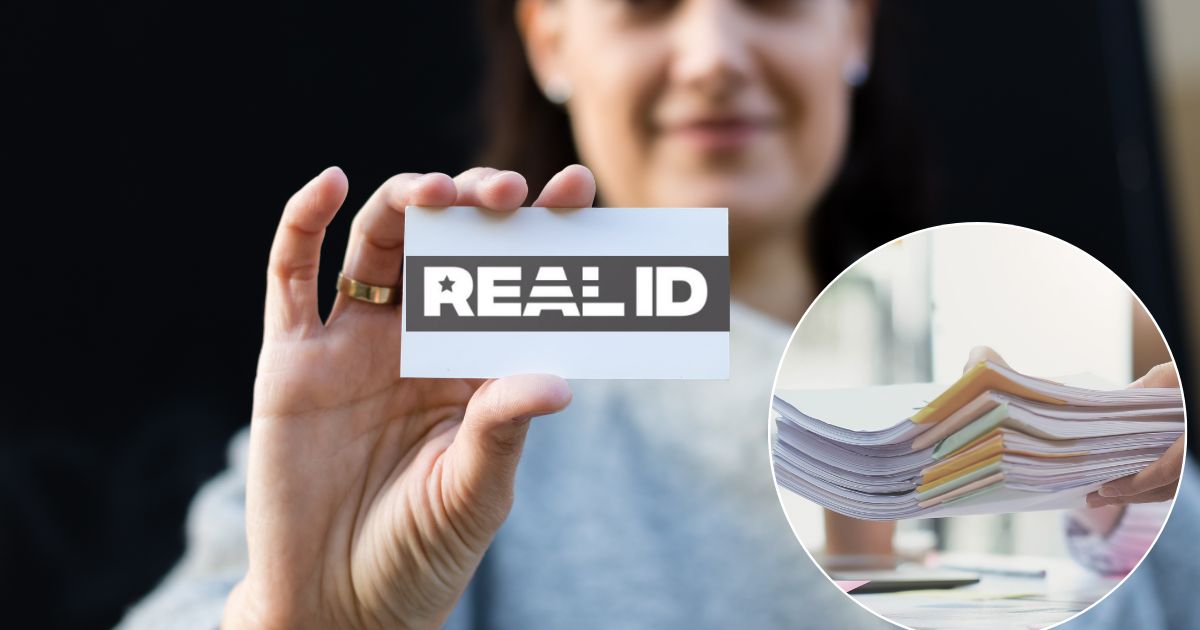Is your REAL ID ready? Well, if not, do it fast! Travel rules for American citizens are going to witness a drastic change, as announced by TSA. Starting May 7, passengers in the US must have a REAL ID-compliant form of identification to board domestic flights. No questions asked, and if passengers complained, they could face major delays or even be denied boarding altogether.
This REAL ID rule has been passed under the REAL ID Act of 2005, following a 9/11 Commission recommendation that occurred after years of delay due to the pandemic and other factors. People are reportedly scared of the new rule, as travel will be difficult for many after this.
View this post on Instagram
While this new rule could be a real hassle, there are only two weeks left until the deadline. Yet, according to CBS News, the nation is far from ready. At least 16 states report compliance rates under 50%, and 28 states remain below 70%.
Other states with less than 50% compliance include Alaska, Arizona, and several others. Therefore, the Transportation Security Administration (TSA) has outlined acceptable alternatives for travellers who may not yet have a REAL ID.
Before we begin, it’s important to know how to distinguish a Real ID from a random fake one. Reportedly, some resemble regular driver’s licenses but are marked with a gold star near the top. As per a report, these are a must for people above the age of 18 who are traveling by air, including domestic flights.
However, where there’s a will, there’s always a way; hence, in case a citizen does not have a Real ID immediately, they can arrange for one of these until the ID comes through.
- State-issued Enhanced Driver’s License (EDL) or Enhanced ID
- U.S. passport
- U.S. passport card
- DHS Trusted Traveler cards (Global Entry, NEXUS, SENTRI, FAST)
- U.S. Department of Defense ID, including IDs issued to dependents
- Permanent resident card
- Border crossing card
- Federally recognized Tribal Nation or Indian Tribe-issued photo ID, including Enhanced Tribal Cards (ETCs)
- HSPD-12 PIV card
- Foreign government-issued passport
- Canadian provincial driver’s license or Indian and Northern Affairs Canada card
- Transportation Worker Identification Credential (TWIC)
- U.S. Citizenship and Immigration Services Employment Authorization Card (Form I-766)
- U.S. Merchant Mariner Credential
- Veteran Health Identification Card (VHIC)
- Furthermore, people have to visit their local Department of Motor Vehicles (DMV) with the appropriate documents in hand. These include a valid photo ID, proof of identity, Social Security number, and two documents verifying state residency, like the DL 937 form, which will confirm whether the applicant qualifies for a fee waiver or not. Situations under which a fee waiver is applicable include unstable accommodation or monetary difficulties.
Moreover, documents such as two Proofs of California Residency are also required. It can include utility bills, lease agreements, or official correspondence. Other documentation, like a letter from a shelter or support center, can also be used by those who do not have a stable place.
View this post on Instagram
The form has to be strictly filled out in person in California, and an appointment is necessary; therefore, please be aware of the timings and reschedule the appointments accordingly if required. Meanwhile, those who fail to get a real ID would suffer severe consequences.
TSA has indicated that such passengers may encounter verification procedures that could affect their ability to proceed through security checkpoints after the deadline. For more details on how to apply for a REAL ID, including state-specific policies, travelers are encouraged to visit the TSA website or contact their state’s Department of Motor Vehicles.













